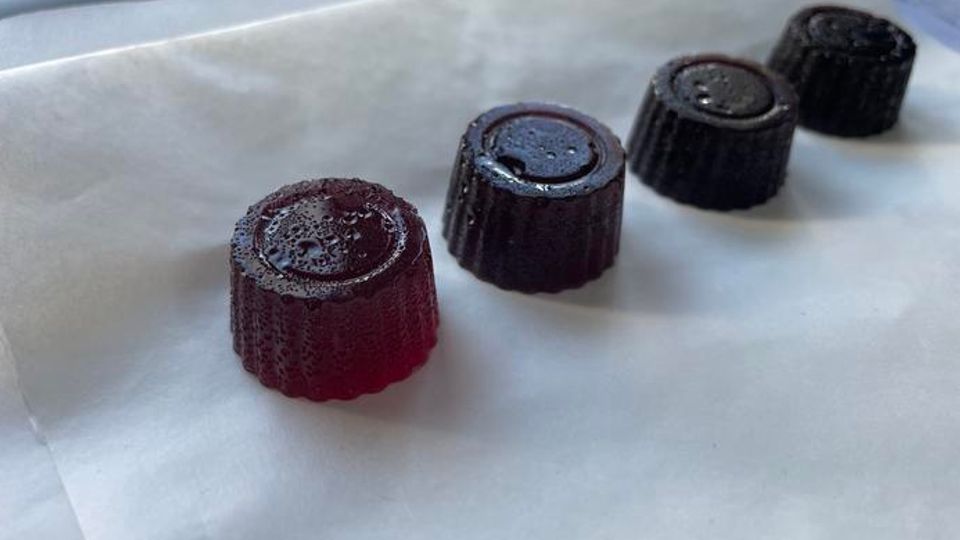Researchers Turn the Dregs of Wine Into Jelly Sweets
Leftover wine just got a lot sweeter.

Complete the form below to unlock access to ALL audio articles.
Leftover wine just got a lot sweeter.
Researchers in Turkey have demonstrated how a waste product of wineries can be reused as an ingredient in gelatine-based sweets.
They say the innovation could help offset the millions of tons of waste generated by the wine industry each year.
Aged like a fine jelly
Wine lees are the residual dead yeast cells left over after wine has been fermented. Certain wines reuse these dregs to add unique flavors. But up to 2.5 million tons of lees are still left over from wine production each year, globally.
With this waste issue in mind, researchers at Kırklareli University investigated whether wine lees could be converted into gelatine-based confectionery.
The confectionery industry was valued at $187 billion in 2022 and is expected to grow. However, until now, the use of wine lees in gelatine-based confectionery has not been reported.
The researchers compared the properties of jellies colored with wine lees and a widely used commercial colorant. In a study published in the Journal of the Science of Food and Agriculture, they demonstrated that wine lees improved the texture of the jellies while also adding a desirable flavor profile.
While the control jellies (which were without wine lees) had superior characteristics when fluid as well as greater hardness value when solid, the jellies with wine lees exhibited superior color stability and retained higher levels of phenolic and anthocyanin components.
“Confectionery industries often use food colorants, particularly to enhance the appeal of confectionery,” said Dr. Gülce Bedis Kaynarca, an assistant professor at Kırklareli University and corresponding author of the study.
“However, the synthetic food colorants often used lack aromatic properties and beneficial components and, despite their stability, may contain toxic components.”
“Wine lees, the second largest by-product of the winemaking industry, are rich in anthocyanins, which are beneficial for our health,” Kaynarca added. “This prompted us to investigate the potential for wine lees – an industrial waste – to be used as a natural colour agent and a bioactive component in jelly-type soft confectionery.”
She notes that repurposing wine lees could also cut waste disposal costs for wineries, as well as “contributing to the reduction of water pollution and greenhouse gas emissions through waste management.”
Kaynarca hopes the research will open doors to other potential applications for wine lees.
“Due to their high phenolic content and antioxidant activity, wine lees may be incorporated into the formulation of dietary supplements and healthful snack foods with potential cardioprotective and anti-cancer properties,” she said.
Reference: Gümüş T, Altan DD, Kaynarca GB. Investigating the potential of wine lees as a natural colorant and functional ingredient in jelly production. J Sci Food Agric. 2023. doi: 10.1002/jsfa.13014
This article is a rework of a press release issued by the Society of Chemical Industry. Material has been edited for length and content.


